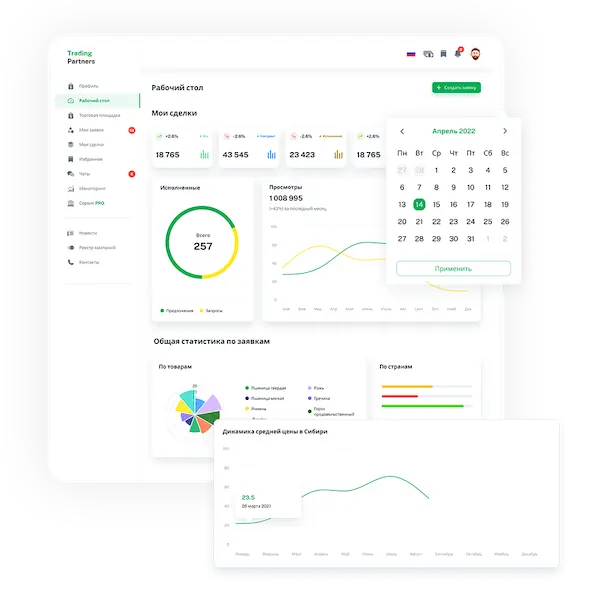In January-March 2025, Russian companies increased shrimp catch to 5.4 thousand tons, which is 29% more than the previous year. This information was reported by the Fish Union, which unites over 30 production and processing enterprises, referring to the data from the Federal Agency for Fishery.
Such growth significantly exceeds the average pace of shrimp production in Russia for the previous year. According to the union, in 2024, the catch volume reached 27 thousand tons, which is 14% more than in 2023.
Russian fishermen also increased the catch of shrimp in the Sea of Azov by 33% since the beginning of 2025. As of March 25, the indicator reached 58.6 tons, which is 14.6 tons more than in the same period last year. This became possible due to the increased sea temperature and the expansion of the coastal zone where fishing was carried out. The main catches were noted in the Zaporizhia region.
According to the Federal Agency for Fishery, over the past ten years, Russian industrial fishermen have had access to 30 times more shrimp. At the same time, the recommended catch has increased from 30 to 456 tons. This growth is associated with an increase in the salinity level in the Sea of Azov, which created favorable conditions for the habitat of marine invertebrates.
In 2024, Russia imported 85 thousand tons of shrimp from Ecuador, India, China, Vietnam, Thailand, and Indonesia. The main types of shrimp imported to Russia include vannamei, Argentine, and tiger shrimp. The Russian shrimp market reached about 112 thousand tons, including imports, which is 15% more year-on-year.
Interest in shrimp is growing not only in Russia but also in other countries. Consumers are increasingly including fish and seafood in their diet. Shrimp sales in Russia increased by 10% in value and by 20% for the first quarter of 2025. Sales growth is also noted in the "Perekrestok" and "Lenta" retail chains.
The demand for shrimp is also confirmed by the data from the research company NTech, according to which sales of frozen shrimp in 2024 increased by 18% in value and by 9% in volume.
Experts predict that the demand for shrimp will continue to grow this year. The consumption of fish and seafood in the diet has become popular among Russians, indicating an increasing interest in seafood cuisine. The main sales channels for shrimp are B2B as well as B2C sectors through stores and the internet.
According to Rabobank's forecast, global aquaculture shrimp production will increase by 2% to 6.1 million tons this year.

 Trading platform
Trading platform 
 Monitoring
Monitoring  Express applications
Express applications 
 Fork Work
Fork Work 
 Service
Service  News
News  Directory
Directory 













